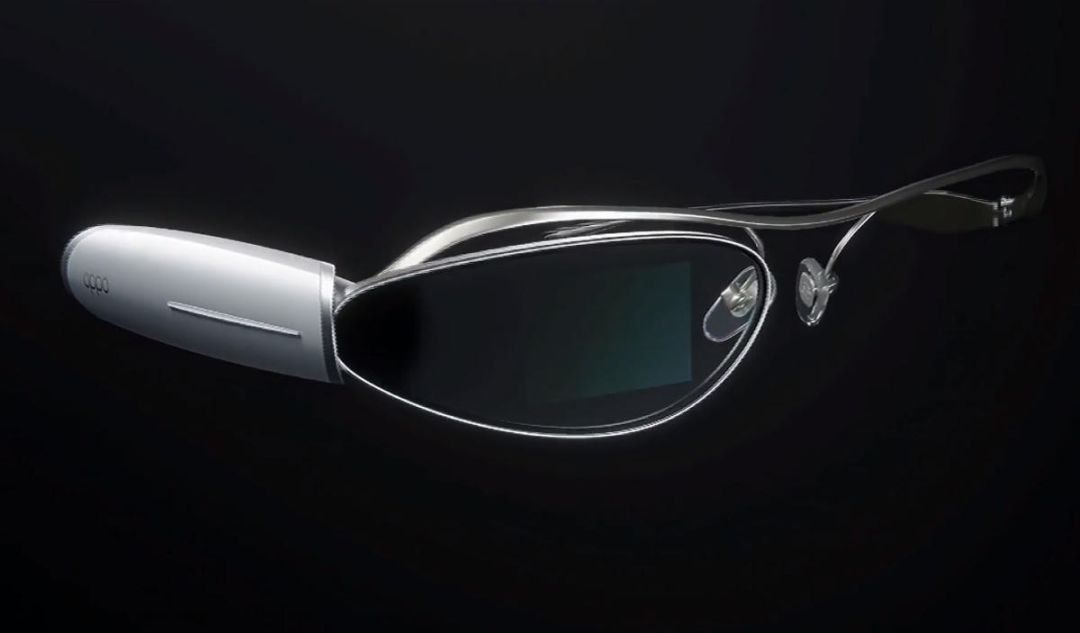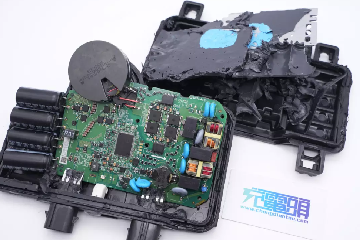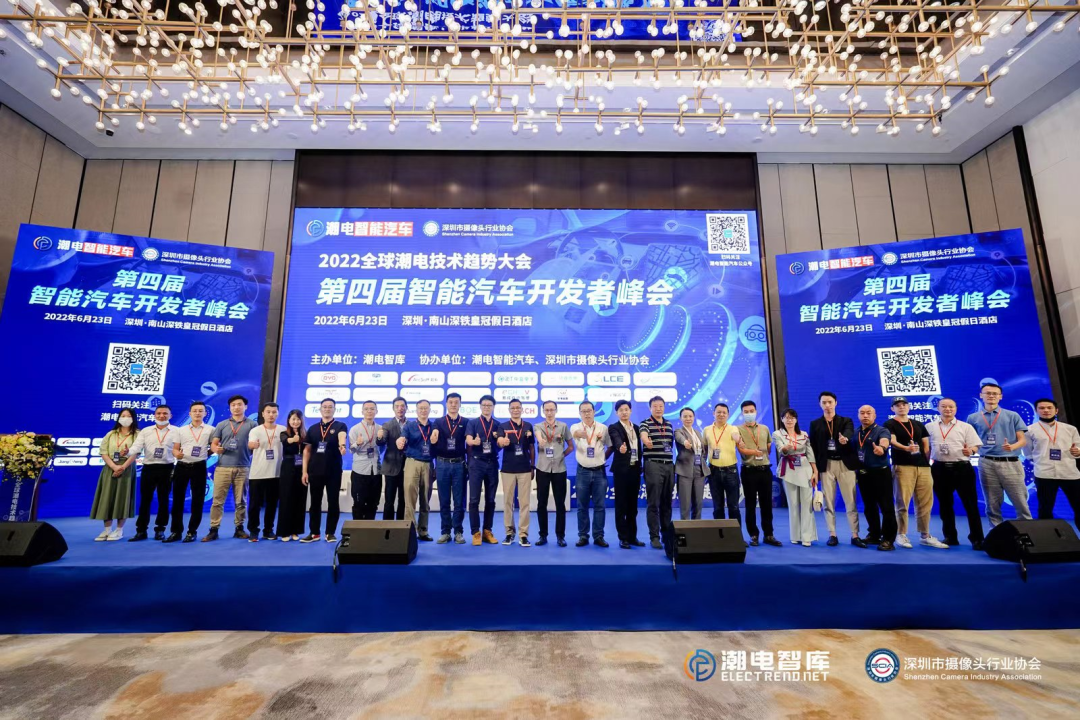The patent application, submitted in October 2023, showcases smart glasses comprising a frame and two temples, each temple embedding electronic devices.
Inside the frame lies a flexible printed circuit board (FPC), with its ends respectively connected to the electronic devices within the two temples. By designing operational holes on the temples, the electronic devices can be initially installed inside them. Subsequently, the FPC is connected to the electronic devices through these operational holes, enabling easy operation, simplifying the assembly process, and incorporating modular assembly characteristics.
This patented technology significantly enhances the assembly efficiency and yield rate of smart glasses, streamlining the assembly management process.

In the event of product malfunction, repairs can be carried out by replacing specific components, thereby reducing maintenance costs. This design of smart glasses optimizes both assembly and repair convenience, offering practicality and economic benefits.
On March 1, 2023, OPPO unveiled the concept product "OPPO Air Glass 2" at the 2023 World Mobile Communications Conference.
OPPO Air Glass 2 is the world's first smart glasses product to adopt resin diffractive optical waveguide lenses, introducing several independently designed and developed cutting-edge technologies. These include a self-designed high-efficiency diffractive optical grating and the world's first resin diffractive optical waveguide wafer. Compared to its predecessor, it reduces weight by over 60% and significantly downsizes the Spark micro-optical engine by 40%. OPPO Air Glass 2 achieves innovative breakthroughs in core technologies like optical waveguide lenses and optical engines, solving the contradiction between lightweight wearing and high-definition display in smart glasses.

The frame uses ultra-light magnesium-lithium alloy material, while the temples use PA material, resulting in a weight of only about 38g. Compared to the previous single-eye glasses, it reduces weight by 14g, offering a nearly burden-free experience akin to traditional glasses, allowing all-day usage without strain.
Furthermore, OPPO Air Glass 2 offers more direct, immediate information presentation. Users can directly access weather, schedules, and health status, supporting features like notifications, navigation, real-time translation, and speech-to-text specifically designed for the hearing-impaired. The built-in microphone collects conversation content, converts it into text, and projects it into the glasses' window. It's available in black, white, and sunglasses versions for office and travel purposes.
As the digital age unfolds, the continuous development of underlying technologies in smart glasses such as display, interaction, algorithms, and computing power has attracted more smartphone manufacturers to explore the AR field, successively launching smart glasses products. This further validates the speed and potential of the smart glasses market.
In the future, OPPO's smart glasses will expand into more usage scenarios, seamlessly integrating with work and daily life in a smarter and more convenient manner.
Our Authors
We have experienced employees who choose the services we provide, and our services are all professional. If you contact us, we may receive a commission.
Why You Can Trust ELECTREND
15
Years of service experience
580+
Brand Customer Choice
1000+
The choice of corporate customers



































